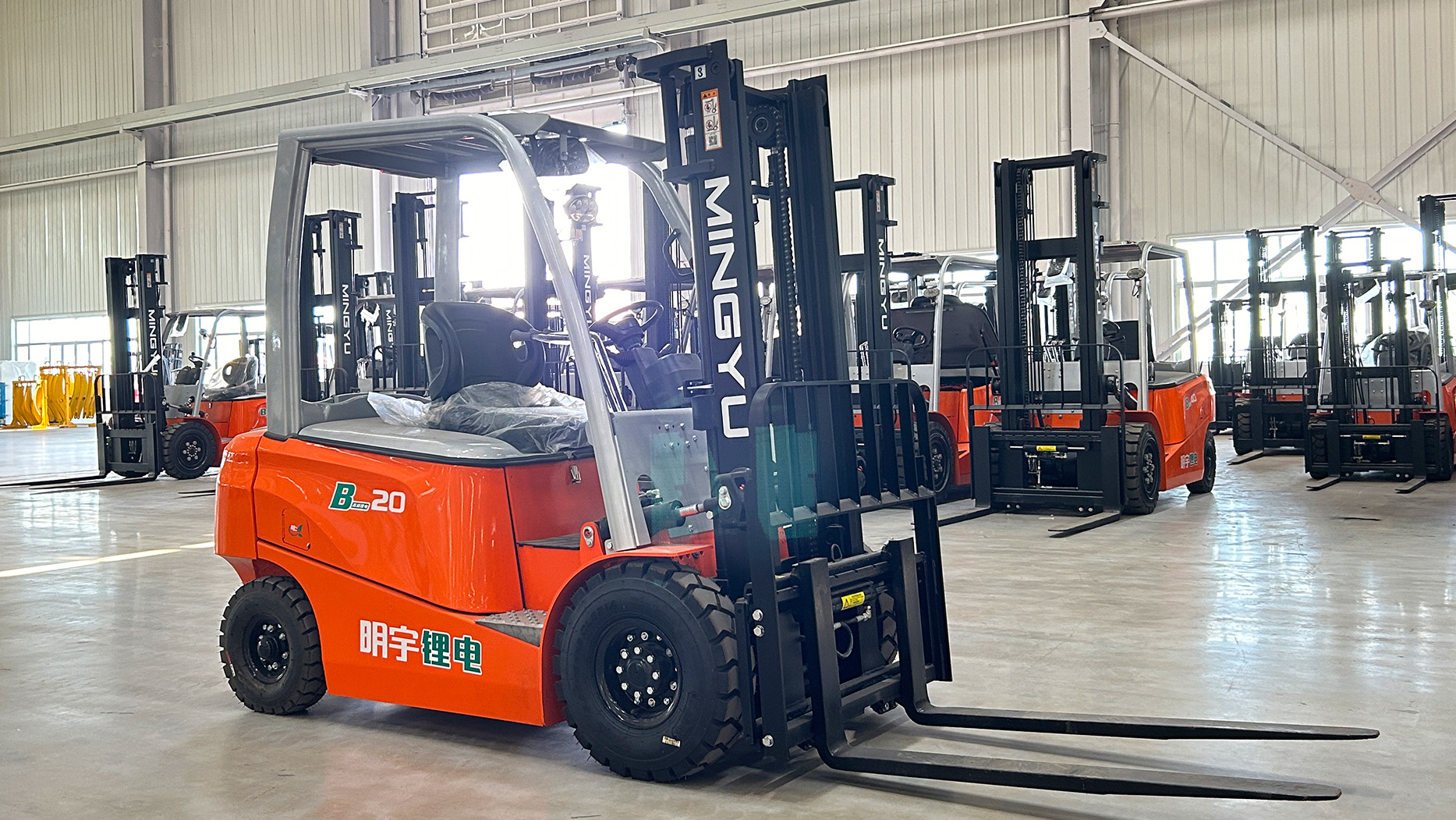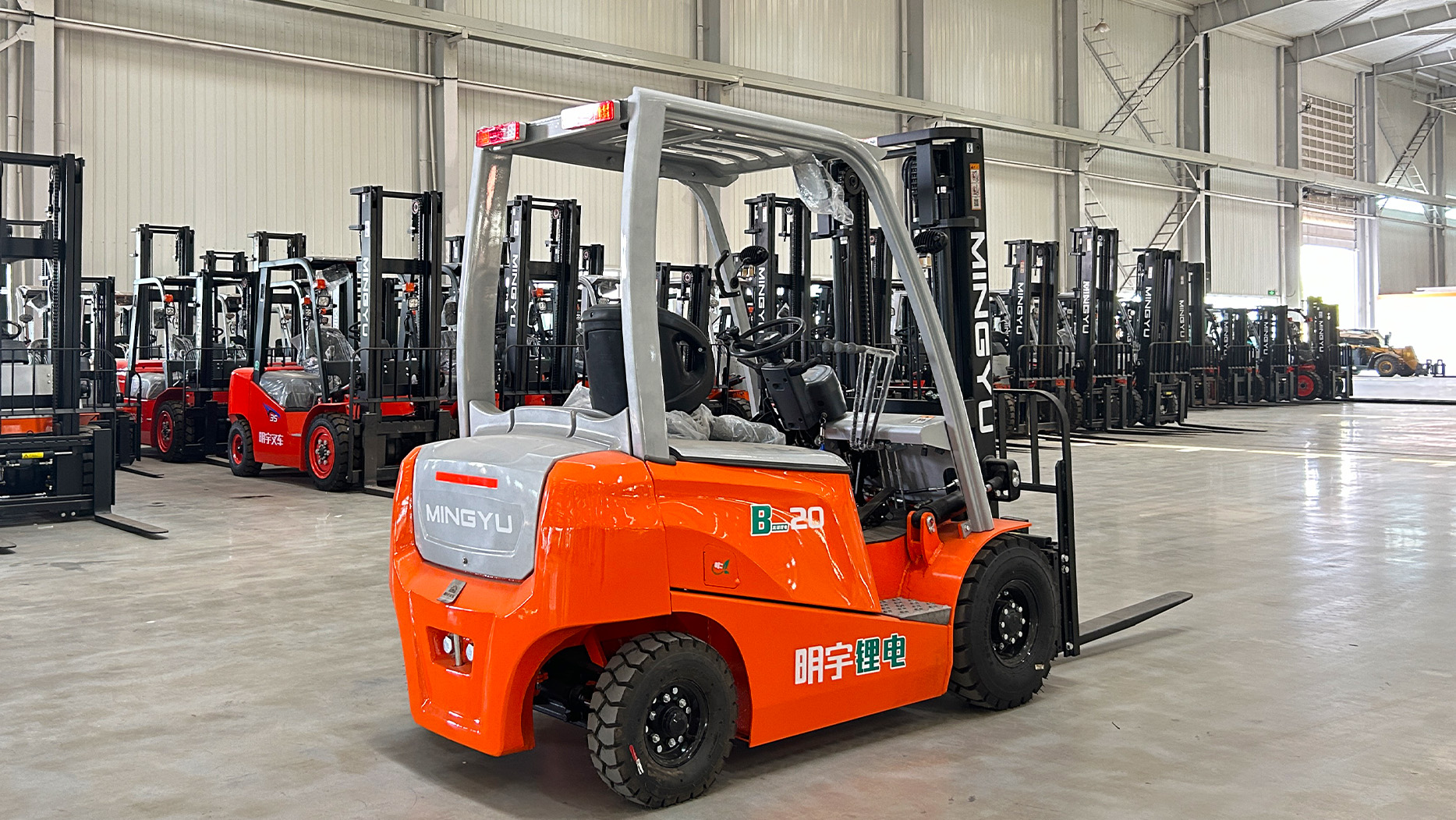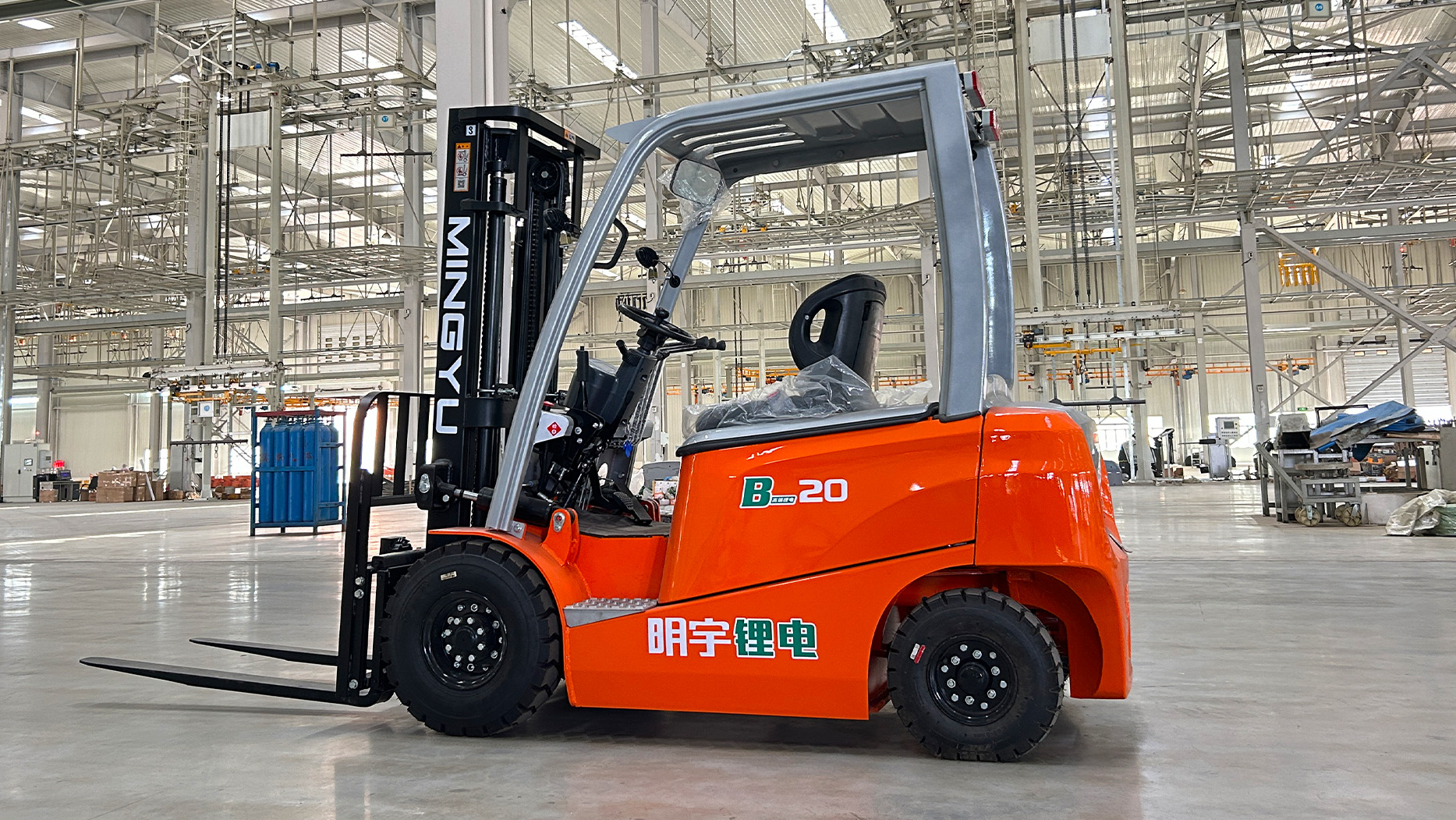I. Introduction
Electric forklifts are rapidly gaining traction in material handling operations, driven by their environmental friendliness, lower operating costs, and advancements in battery technology. However, understanding the true cost of an electric forklift involves more than just the initial purchase price. This article aims to provide a comprehensive breakdown of the various factors that influence the cost of electric forklifts, from the base price to long-term operational expenses. We'll explore the impact of forklift class, battery type, charging infrastructure, and other considerations, emphasizing the importance of a holistic cost-benefit analysis.
II. Base Forklift Costs: Factors and Ranges
The base cost of an electric forklift varies significantly depending on several factors. Forklift class and capacity play a major role. Warehouse forklifts (Class I, II, and III), designed for indoor use, typically range from $20,000 to $50,000 for new models, while heavy-duty electric forklifts for outdoor applications can exceed $100,000. Reach trucks and pallet jacks, designed for specific warehouse tasks, have a broader price range.
The choice between new and used forklifts also influences cost. Used electric forklifts can be significantly cheaper, but their condition and remaining battery life must be carefully evaluated. Brand and manufacturer reputation also affect pricing, with premium brands often commanding higher prices due to advanced features and technology. Basic features like lift height and load capacity are standard, but advanced options like telematics, automation, and safety features add to the cost. Regional differences in pricing can also occur due to market demand and local regulations.
III. Battery and Charging System Costs
The battery and charging system represent a significant portion of the total cost of an electric forklift. Lead-acid batteries, the traditional option, are generally less expensive upfront, but they require regular maintenance and have a shorter lifespan. Lithium-ion batteries, while more expensive initially, offer faster charging, longer lifespans, and reduced maintenance, making them a more cost-effective option in the long run.
Charger types also vary in cost. Conventional chargers are the most affordable, but they require longer charging times. Fast chargers and opportunity chargers, which allow for quick top-ups during breaks, come at a premium but can improve productivity. Battery management systems (BMS), which monitor and optimize battery performance, add to the overall cost. Installation costs for charging infrastructure, including electrical wiring and charging stations, should also be factored in. Battery life and replacement costs are crucial considerations, as batteries typically need to be replaced every 5-7 years. Factors that affect battery cost include the required voltage, capacity and battery chemistry.
IV. Operational Costs and Total Cost of Ownership (TCO)
Electric forklifts offer significant operational cost savings compared to internal combustion forklifts. Energy consumption and electricity costs are generally lower than fuel costs for diesel or propane forklifts. Maintenance costs are also reduced due to the simpler design of electric motors, which require less frequent servicing. However, tire wear, brake maintenance, and other routine maintenance are still required.
Downtime costs, related to charging or maintenance, should be considered. Lithium-ion batteries significantly reduce downtime. The lifespan and resale value of electric forklifts are also important factors in the TCO calculation. Government incentives and rebates, available in some regions, can further reduce the overall cost. Comparing the TCO of electric forklifts with other types, such as diesel or propane, is essential for making an informed decision.
V. Additional Costs and Considerations
Beyond the base forklift and battery costs, several additional expenses should be factored in. Attachments and accessories, such as side shifters, clamps, and rotators, can add to the total cost. Customization costs for specific applications should also be considered. Training and operator certification are essential for safe and efficient operation.
Warranty and service agreements provide peace of mind and can help manage long-term maintenance costs. Financing and leasing options can make electric forklifts more affordable, but interest rates and lease terms should be carefully evaluated. Insurance costs, which vary depending on the forklift type and usage, should be factored into the budget. Delivery and installation fees can also add to the overall expense.
VI. Long-Term Investment and ROI
Investing in electric forklifts can yield significant long-term cost savings due to reduced maintenance and fuel expenses. Increased productivity and efficiency, driven by faster charging and smoother operation, can further enhance the return on investment (ROI). Environmental benefits, such as reduced emissions and noise pollution, can also contribute to cost savings through sustainability initiatives and potential government incentives. Calculating the ROI involves comparing the initial investment with the projected cost savings and productivity gains over the forklift's lifespan.
VII. Future Trends and Cost Projections
Advancements in battery technology, such as solid-state batteries and improved lithium-ion chemistries, are expected to further reduce the cost and improve the performance of electric forklifts. The increasing adoption of automation and robotics in material handling will also influence pricing, with automated electric forklifts becoming more prevalent. Government regulations and incentives, aimed at promoting sustainable practices, will continue to shape the market and impact costs.
VIII. Conclusion
The cost of an electric forklift is influenced by a multitude of factors, including forklift class, battery type, charging infrastructure, and operational expenses. A thorough cost-benefit analysis, considering the total cost of ownership and long-term benefits, is essential for making an informed decision. While the initial investment may be higher than traditional forklifts, the long-term savings and environmental advantages often make electric forklifts a cost-effective and sustainable choice.
Post time:Apr.02.2025



